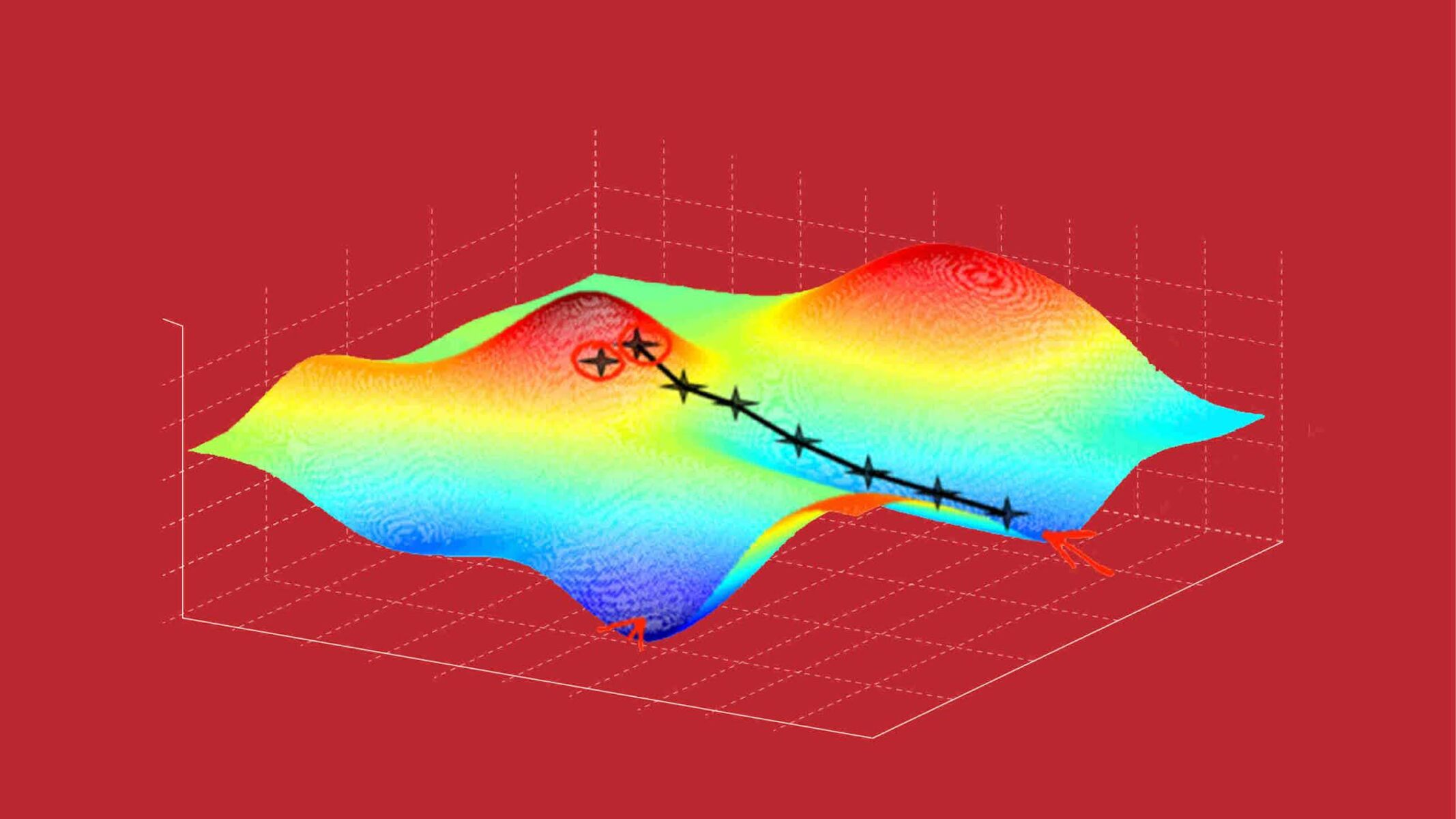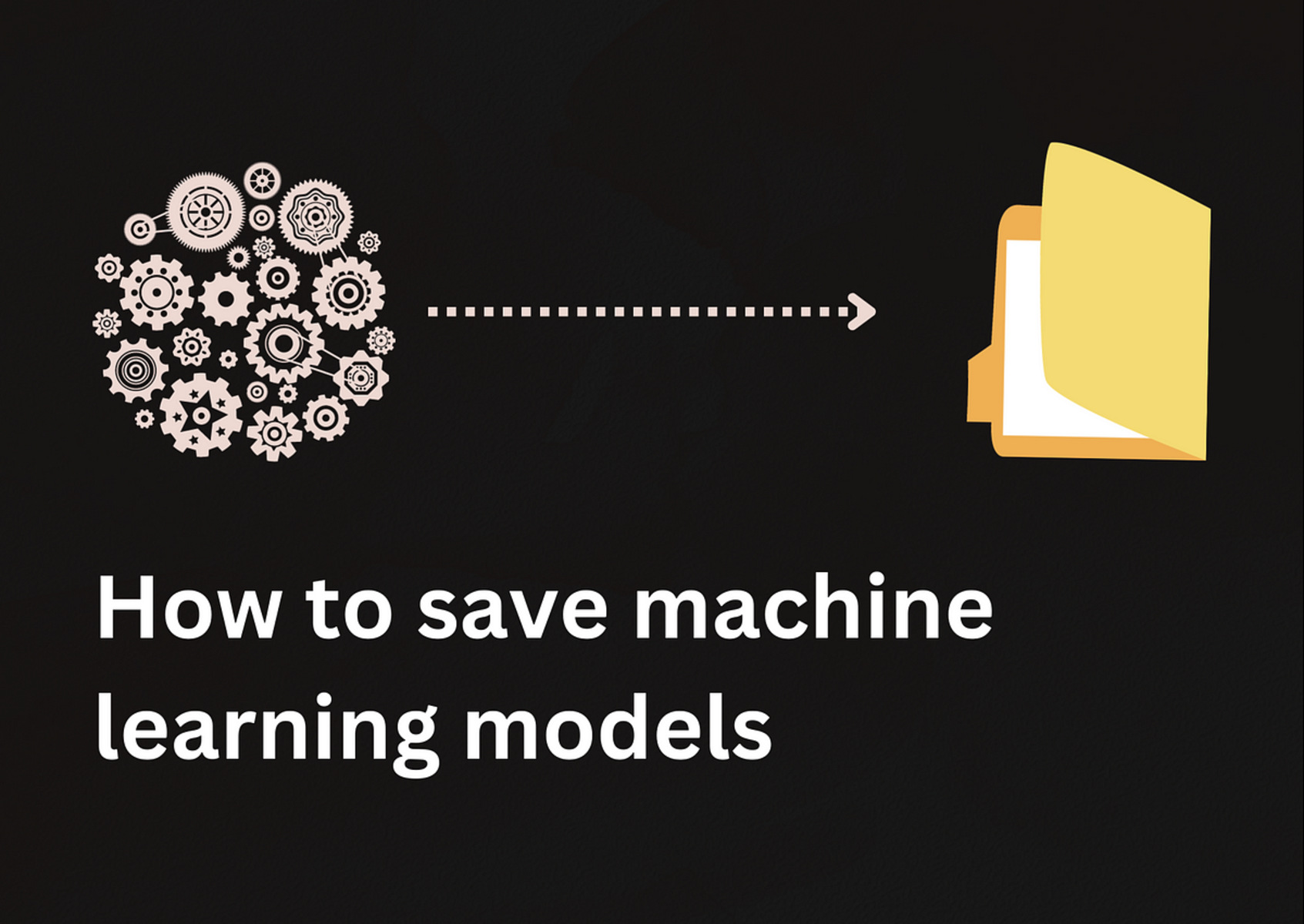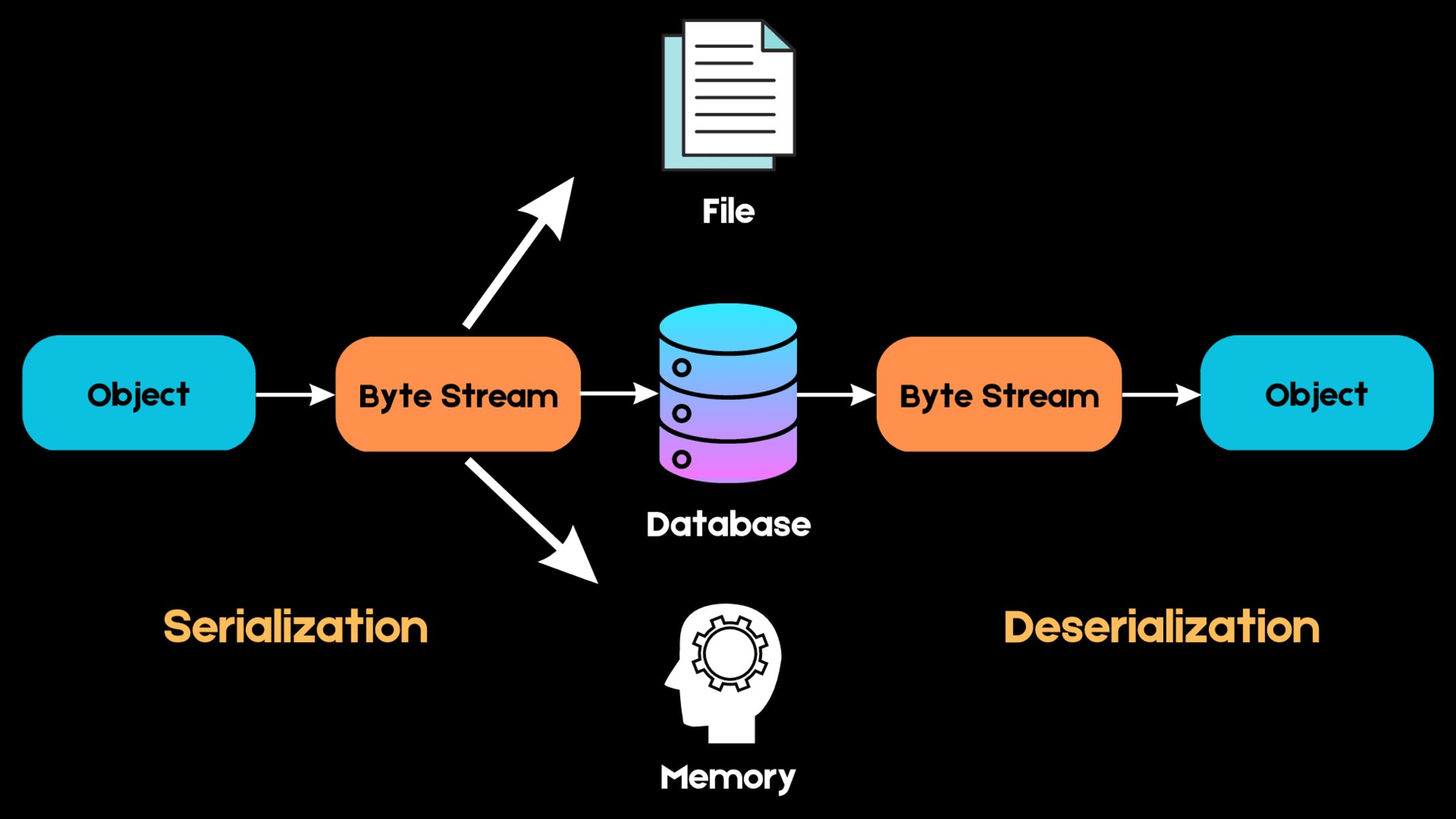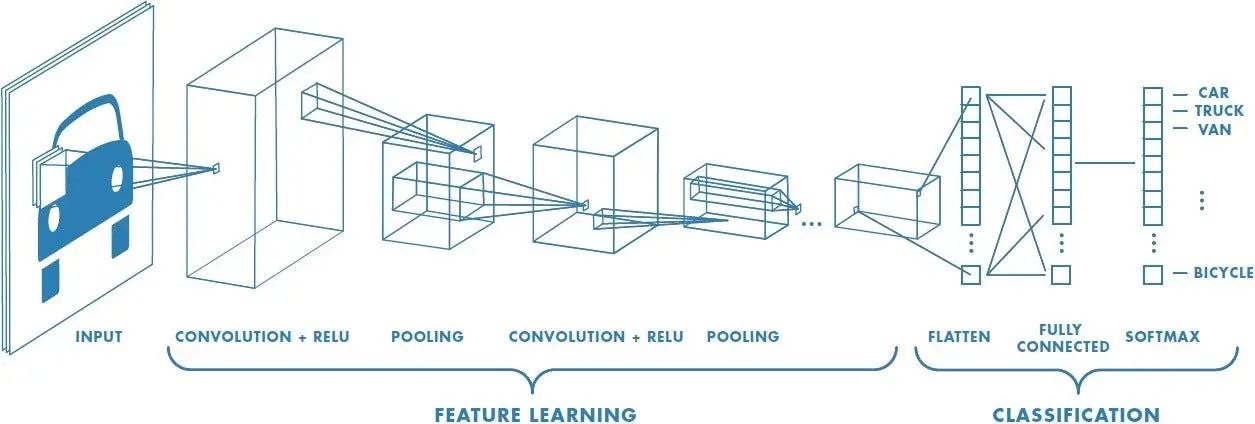Introduction
Machine learning is revolutionizing industries and technology by teaching computers to learn and make decisions without being explicitly programmed. One fundamental aspect of machine learning is the use of an objective function, also known as a loss function or cost function.
An objective function quantifies how well a machine learning model is performing and guides the learning process by evaluating the difference between the predicted outputs and the actual outputs. The goal is to minimize this difference, or loss, and optimize the model’s performance.
The objective function acts as a compass, directing the model towards becoming more accurate and improving its ability to make predictions or classifications. It serves as a crucial component in various machine learning algorithms, helping to measure the model’s performance and determine how it should update its parameters during training.
The importance of selecting the right objective function cannot be overstated. A well-chosen objective function should reflect the specific problem at hand and the desired performance metrics. Different machine learning tasks require different objective functions, and there is no one-size-fits-all approach.
Objective functions come in a variety of forms, depending on the type of learning algorithm being used. In supervised learning, where the model learns from labeled training data, the objective function quantifies the discrepancy between the predicted outputs and the ground truth labels.
On the other hand, unsupervised learning does not rely on labeled data, and the objective function aims to uncover patterns, relationships, or groups within the data. It measures the quality of the model’s representations or the extent to which the model captures the underlying structure of the data.
Reinforcement learning, a branch of machine learning concerned with decision-making in an environment, employs an objective function to guide the learning process. The objective function defines the rewards or penalties associated with different actions taken by the learning agent, ultimately leading to the discovery of an optimal policy.
To optimize the performance of machine learning models, various optimization techniques, such as gradient descent or evolutionary algorithms, are applied to minimize the objective function. These techniques iteratively update the model’s parameters, gradually reducing the loss and improving the model’s performance.
Definition
An objective function, also referred to as a loss function or cost function, is a mathematical function that quantifies the discrepancy between the predicted outputs of a machine learning model and the actual outputs. It serves as a measure of how well the model is performing in terms of its ability to accurately capture and generalize patterns in the data. The objective function plays a crucial role in guiding the learning process and determining the direction in which the model’s parameters should be updated during training.
The objective function takes the predicted outputs of the model and compares them to the ground truth labels (in the case of supervised learning) or evaluates the model’s representations or clustering structure (in the case of unsupervised learning). It outputs a scalar value that represents the overall loss or error. The goal is to minimize this loss, as a lower loss indicates that the model is performing better and making more accurate predictions or classifications.
Different machine learning tasks require different types of objective functions. For example, in regression tasks, where the goal is to predict a continuous value, common objective functions include mean squared error (MSE) and mean absolute error (MAE). These functions measure the average squared or absolute difference between the predicted values and the true values.
In classification tasks, where the goal is to assign input data to predefined categories or classes, common objective functions include binary cross-entropy and categorical cross-entropy. These functions evaluate the difference between the predicted probabilities (after applying a softmax activation function) and the true class labels.
In unsupervised learning tasks, such as clustering or dimensionality reduction, objective functions aim to quantify the quality of the model’s representations or the extent to which the model captures the underlying structure of the data. Common unsupervised learning objective functions include the within-cluster sum of squares (WCSS) for clustering algorithms like k-means, or the reconstruction error for autoencoders.
Overall, the objective function serves as a critical component in the training process of machine learning models. It provides a measure of the model’s performance and guides the optimization techniques used to improve its accuracy. Choosing the appropriate objective function is essential in ensuring that the model is learning the desired patterns and producing reliable predictions or classifications.
Importance
The objective function plays a critical role in machine learning as it is instrumental in evaluating and improving the performance of models. Its importance stems from several key factors that highlight its significance in the learning process.
First and foremost, the objective function provides a measurable and quantifiable metric for assessing the model’s performance. By quantifying the discrepancy between the predicted and actual outputs, the objective function allows for an objective evaluation of the model’s accuracy and effectiveness. Without a well-defined objective function, it would be challenging to determine the success or failure of a machine learning algorithm.
Furthermore, the objective function serves as a guide during the model’s training process. By providing a measure of the error or loss, the objective function helps determine the direction in which model parameters should be updated to reduce this loss. By minimizing the objective function, the model is driven to become more accurate and make better predictions or classifications.
Another important aspect of the objective function is its role in selecting the appropriate machine learning algorithm. Different learning tasks require different objectives, and choosing the right objective function helps align the algorithm’s capabilities with the task at hand. For example, regression tasks may require mean squared error as the objective, while classification tasks may require cross-entropy. By matching the objective function to the problem domain, the model’s performance can be optimized.
The objective function also enables the iterative improvement of the model’s performance through various optimization techniques. These techniques, such as gradient descent or genetic algorithms, rely on the objective function to compute the gradient or fitness score, respectively. By iteratively updating the model’s parameters based on the objective function, the model can gradually converge to a more optimal solution.
In addition, the choice of an objective function can reflect the specific requirements and priorities of the problem at hand. Whether the emphasis is on minimizing false positives or minimizing false negatives, the objective function can be tailored to prioritize certain types of errors or optimize specific performance metrics. This flexibility allows machine learning practitioners to customize the learning process to best suit their needs.
Overall, the objective function is of paramount importance in machine learning. It serves as a performance metric, guides the learning process, enables algorithm selection, facilitates iterative improvement, and allows for customization based on problem-specific requirements. Its presence and careful consideration are vital in developing accurate and effective machine learning models.
Types
Objective functions in machine learning can vary depending on the type of learning task and the specific goals of the model. Different types of objective functions are used to quantify the performance or loss of the model and guide its learning process. Here, we will explore three primary types of objective functions: supervised learning, unsupervised learning, and reinforcement learning.
Supervised Learning
In supervised learning, the objective function measures the discrepancy between the predicted outputs of the model and the known ground truth labels. The goal is to minimize this discrepancy and improve the model’s ability to accurately predict outputs for unseen data. Common objective functions used in supervised learning include mean squared error (MSE), mean absolute error (MAE), and cross-entropy.
Unsupervised Learning
In unsupervised learning, where labeled training data is not available, the objective function focuses on discovering patterns, relationships, or clusters within the data. The objective function evaluates the model’s ability to capture the underlying structure in an unsupervised manner. Common objective functions in unsupervised learning include within-cluster sum of squares (WCSS) for clustering algorithms like k-means and reconstruction error for autoencoders.
Reinforcement Learning
Reinforcement learning involves an agent learning to make decisions in an environment to maximize cumulative rewards. The objective function in reinforcement learning defines the rewards or penalties associated with different actions taken by the agent. The goal is to achieve the highest possible total reward over time. Reinforcement learning objective functions can take various forms, such as the discounted sum of rewards or the advantage function in policy gradient methods.
It is worth noting that objective functions within each type can vary depending on the specific learning algorithm or problem domain. For example, in supervised learning, different algorithms may require different objective functions to align with their underlying assumptions or limitations. Similarly, in reinforcement learning, different reward shaping techniques can yield different objective functions that influence the learning process.
Selecting the appropriate objective function is essential, as it ensures that the model’s learning process aligns with the desired outcomes and performance metrics. It dictates how the model’s parameters are updated during training and ultimately guides the model towards optimal performance.
Understanding the types of objective functions allows machine learning practitioners to make informed decisions when designing and training their models. By choosing the right objective function for a given learning task, the model’s performance can be optimized, leading to more accurate predictions, better representations, or more effective decision-making in the intended application.
Supervised Learning
Supervised learning is a machine learning approach where the model learns from labeled training data to make predictions or classifications. In supervised learning, the objective function plays a crucial role in evaluating the model’s performance and guiding its training process.
The objective function in supervised learning measures the discrepancy between the predicted outputs of the model and the true labels in the training data. The goal is to minimize this discrepancy, also known as the loss, to improve the model’s ability to accurately predict outputs for new, unseen data.
One commonly used objective function in supervised learning is mean squared error (MSE). MSE calculates the average squared difference between the predicted values and the true labels. It penalizes large errors more heavily, making it suitable for tasks where minimizing the overall error is important, such as regression problems.
Another objective function used in supervised learning is mean absolute error (MAE). MAE computes the average absolute difference between the predicted and true values. Unlike MSE, MAE does not square the errors, resulting in a more robust measure that could be less sensitive to outliers. MAE is often used in situations where the focus is on the magnitude of errors rather than their squared values.
For classification tasks in supervised learning, objective functions like binary cross-entropy and categorical cross-entropy are commonly employed. Binary cross-entropy measures the dissimilarity between the predicted probabilities and the true binary labels, whereas categorical cross-entropy extends this concept to multi-class classification by comparing the predicted probabilities with one-hot encoded labels.
The choice of the objective function in supervised learning depends on the specific requirements of the problem. For example, in fraud detection, the objective function may prioritize minimizing false positives, thus reducing the number of incorrectly identified instances as fraudulent. On the other hand, in medical diagnosis, minimizing false negatives might be more critical to avoid missing potential diseases.
It is important to select an appropriate objective function that aligns with the problem’s characteristics and desired performance metrics. By optimizing the objective function through various optimization techniques like gradient descent, the model’s parameters are updated iteratively, improving its accuracy and ability to generalize to new data.
Supervised learning, with its objective function as a guide, allows machine learning models to learn from labeled data and make predictions or classifications with high accuracy and reliability. By selecting the right objective function and leveraging the power of supervised learning algorithms, machine learning practitioners can develop models that excel in various real-world applications.
Unsupervised Learning
Unsupervised learning is a machine learning approach where the model learns from unlabeled data to discover patterns, relationships, or clusters. In unsupervised learning, the objective function plays a critical role in evaluating the quality of the model’s representations or the extent to which it captures the underlying structure of the data.
Unlike supervised learning, unsupervised learning does not rely on explicit labels or predetermined outputs. Instead, the objective function measures the model’s ability to identify inherent patterns or group similar instances together based on the input data alone.
One common objective function in unsupervised learning is the within-cluster sum of squares (WCSS), which is used in clustering algorithms like k-means. WCSS quantifies the total squared distance between each data point and the centroid of its assigned cluster. The objective is to minimize the WCSS, indicating that the model has successfully grouped similar instances into coherent clusters.
Another objective function used in unsupervised learning is the reconstruction error, commonly employed in autoencoders. Autoencoders aim to learn compact representations of the input data by reconstructing it from a compressed form. The reconstruction error measures the dissimilarity between the original input and its reconstruction. Minimizing the reconstruction error ensures that the model captures the most important features of the data during the encoding and decoding process.
The choice of the objective function in unsupervised learning depends on the specific goals of the task. For example, in market segmentation, the objective function may focus on maximizing the separation between different customer segments to aid targeted marketing campaigns. In anomaly detection, the objective function may aim to identify instances that deviate the most from the normal patterns observed in the data.
Unsupervised learning offers the advantage of discovering hidden structures and relationships in the absence of labeled data. By optimizing the chosen objective function, the model can effectively learn representations or clusters that capture the intrinsic characteristics of the data.
The objective function guides the learning process and enables the model to iteratively improve its representations or clustering structure. By leveraging techniques such as gradient descent or clustering algorithms, the unsupervised learning model can learn from the unlabeled data and generate valuable insights or groupings.
Unsupervised learning, with its objective function as a guide, allows machine learning models to uncover patterns and structures in data without explicit labels. This enables applications such as customer segmentation, anomaly detection, and data preprocessing, enabling more accurate and meaningful analysis of complex datasets.
Reinforcement Learning
Reinforcement learning is a machine learning approach where an agent learns to interact with an environment, make decisions, and optimize its behavior based on received rewards or punishments. In reinforcement learning, the objective function plays a crucial role in guiding the learning process and shaping the agent’s decision-making.
The objective function in reinforcement learning defines the rewards or penalties associated with different actions taken by the agent. The goal is to maximize the cumulative rewards received over time by learning an optimal policy – a set of rules that dictates the agent’s actions in each state of the environment. The objective function acts as a compass, guiding the agent towards actions that lead to higher rewards and away from actions that result in punishments.
Different forms of objective functions are used in reinforcement learning. One common approach is the discounted sum of rewards, where future rewards are discounted to give more importance to immediate rewards. By optimizing this objective, the agent learns to maximize its long-term rewards by planning and making decisions that lead to the most desirable outcomes.
In policy gradient methods, another type of reinforcement learning algorithm, the objective function is based on the advantage function. The advantage function calculates the difference between the expected value of taking a certain action in a given state and the expected value of the current policy in that state. By optimizing the advantage function, the agent can learn actions that lead to higher rewards compared to its current policy.
Reinforcement learning also involves exploring and exploiting the environment. Initially, the agent explores different actions and environments to gather information and learn about the rewards associated with different states. As the learning progresses, the agent gradually shifts from exploration to exploitation, focusing on actions that maximize its expected rewards as guided by the objective function.
The choice of the objective function in reinforcement learning is critical, as it shapes the agent’s behavior and influences its learning process. By carefully designing the rewards and penalties, practitioners can guide the agent towards achieving desired goals, such as winning games, balancing trade-offs, or performing complex tasks.
Reinforcement learning, with the objective function at its core, has been successfully applied in various domains such as game playing, robotics, and optimization problems. By learning from interactions with the environment and optimizing its behavior based on rewards, reinforcement learning enables agents to autonomously discover strategies and make decisions in a dynamic and uncertain world.
Optimization Techniques
Optimization techniques play a crucial role in machine learning by refining the model’s parameters to improve its performance. These techniques aim to minimize the objective function, allowing the model to converge to an optimal solution. Various optimization algorithms and methods are used to iteratively update the model’s parameters based on the objective function.
Gradient Descent is one of the most widely used optimization techniques in machine learning. It operates by taking small steps in the direction of the steepest descent of the objective function. There are different variants of gradient descent, such as batch gradient descent, stochastic gradient descent (SGD), and mini-batch gradient descent. SGD, in particular, randomly selects individual samples from the training dataset to update the model’s parameters, making it more computationally efficient for large datasets.
Another popular optimization technique is Adam (Adaptive Moment Estimation), which combines the advantages of both momentum-based and adaptive learning rate methods. Adam computes adaptive per-parameter learning rates and includes momentum-based updates to speed up convergence. This technique is known for its computational efficiency and robustness in a wide range of applications.
Evolutionary algorithms, inspired by natural selection and genetics, are optimization techniques that involve maintaining a population of solutions and gradually improving them over generations. Genetic algorithms, a type of evolutionary algorithm, use concepts like mutation, crossover, and selection to evolve a population of candidate solutions towards the best possible solution. These techniques are particularly useful when the search space is complex or the objective function is non-differentiable.
In addition to gradient-based and evolutionary algorithms, other optimization techniques such as Newton’s method and conjugate gradient method are also employed in specific scenarios. Newton’s method uses the Hessian matrix to iteratively find the optimal solution by taking into account the curvature of the objective function. Conjugate gradient method iteratively solves a system of equations to find the minimum of the objective function along conjugate directions.
Hyperparameter optimization is another important aspect of optimization in machine learning. Hyperparameters are values that are set before the learning process and determine how the model learns. Techniques such as grid search, random search, and Bayesian optimization are used to find the optimal combination of hyperparameters that result in the best model performance.
It is worth noting that the choice of optimization technique depends on various factors, including the nature of the problem, the size of the dataset, and the complexity of the model. Different techniques have their own advantages and limitations, and the chosen method should be matched with the specific requirements and constraints of the problem at hand.
In summary, optimization techniques are crucial in machine learning as they help refine the model’s parameters and minimize the objective function. By carefully selecting and utilizing appropriate optimization algorithms, machine learning practitioners can improve the performance and accuracy of their models, leading to better predictions and insights in a wide range of applications.
Common Objective Functions
Objective functions, also known as loss functions or cost functions, are integral components of machine learning algorithms. They quantify the discrepancy between the predicted outputs of a model and the true outputs, acting as a measure for the model’s performance. The choice of the objective function depends on the specific learning task and the desired performance metrics. Here, we will explore some common objective functions used in various machine learning scenarios.
Mean Squared Error (MSE)
MSE is a widely used objective function, particularly for regression problems. It calculates the average of the squared differences between the predicted values and the true values. MSE heavily penalizes larger errors, making it suitable when precision is crucial. However, it can be sensitive to outliers due to the squared term.
Mean Absolute Error (MAE)
MAE is another objective function used in regression tasks. Unlike MSE, MAE calculates the average of the absolute differences between the predicted and true values. It provides a robust measure of the average error and is less sensitive to outliers. MAE is suitable when the magnitude of errors is more important than their direction.
Binary Cross-Entropy
Binary cross-entropy is commonly used in binary classification tasks. It compares the predicted probabilities, typically obtained by applying a sigmoid activation function, with the true binary labels. It evaluates the dissimilarity between the predicted and true distributions, encouraging the model to output higher probabilities for the correct class.
Categorical Cross-Entropy
Categorical cross-entropy is an objective function for multi-class classification problems. It extends binary cross-entropy to handle scenarios with more than two classes. Similar to binary cross-entropy, categorical cross-entropy measures the dissimilarity between the predicted probabilities, typically obtained using a softmax activation function, and the true labels.
Log Loss
Log loss, also known as logarithmic loss or logistic loss, is commonly used in probabilistic classification tasks. It quantifies the difference between the predicted probabilities and the true labels by taking the logarithm of the predicted probabilities. Log loss penalizes confident and incorrect predictions more heavily, promoting better-calibrated probability estimates.
Within-Cluster Sum of Squares (WCSS)
WCSS is an objective function typically used in clustering algorithms like k-means. It measures the total sum of squared distances between each data point and the centroid of its assigned cluster. The objective is to minimize the WCSS, indicating that the clustering model effectively groups similar instances together.
These are just a few examples of common objective functions used in machine learning. The selection of the appropriate objective function depends on the specific learning task, the type of data, and the desired performance of the model. By carefully choosing and optimizing the objective function, machine learning practitioners can train models that accurately solve real-world problems in diverse domains.
Conclusion
Objective functions play a crucial role in machine learning by guiding the learning process, evaluating model performance, and driving optimization techniques. They quantitatively measure the discrepancy between predicted outputs and true labels or desired outcomes, enabling models to improve their accuracy and effectiveness.
The choice of the objective function depends on the specific learning task, whether it is supervised learning, unsupervised learning, or reinforcement learning. Supervised learning objective functions, such as mean squared error and cross-entropy, assess the model’s performance in predicting or classifying labeled data. Unsupervised learning objective functions, like WCSS or reconstruction error, evaluate the model’s ability to uncover patterns and group similar instances. In reinforcement learning, the objective function defines rewards or penalties to guide the agent’s decision-making.
To optimize the objective function, various techniques such as gradient descent, evolutionary algorithms, and hyperparameter optimization are employed. These techniques iteratively update the model’s parameters and explore the search space to minimize the objective function, leading to improved model performance.
It is important to choose the appropriate objective function that aligns with the problem’s requirements and desired performance metrics. By carefully selecting and optimizing the objective function, machine learning practitioners can develop accurate and reliable models for a wide range of applications.
In conclusion, objective functions are the compass that guides machine learning models towards better performance. They provide a measure of model accuracy, enable optimization techniques, and drive learning and decision-making in various domains. With the right objective function and optimization techniques, machine learning models can effectively learn from data and make intelligent predictions and decisions to solve real-world problems.

























